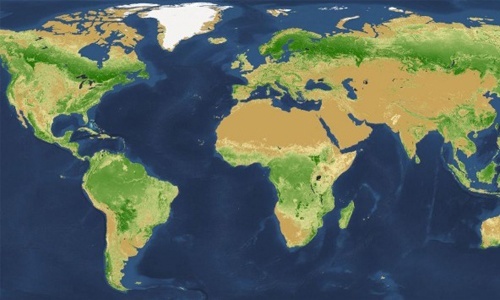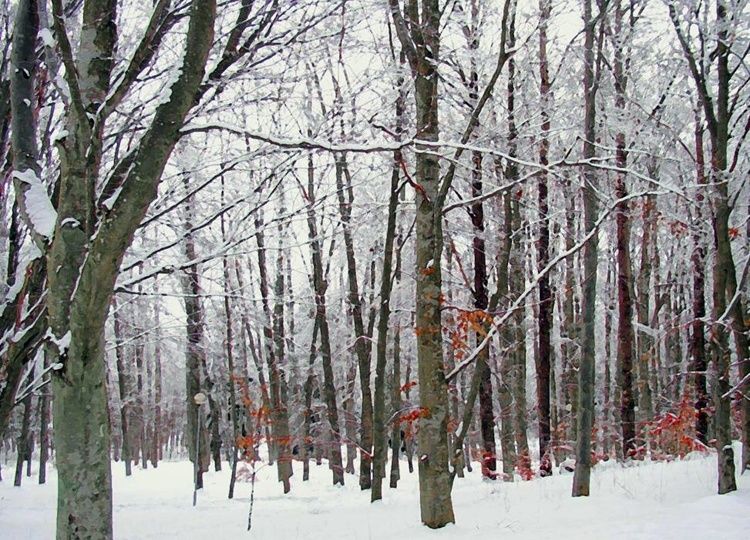

Read page 1 The study grew out of the United Nations Environment Programme’s Billion Tree Campaign, launched in 2006. Previous global estimates of tree populations were based on satellite imagery, and the best guess had been that the total was just over 400 billion trees, or 61 per person. This widely-accepted figure began to look uncertain as soon as researchers took a closer look at measurements made in one great tropical forest, which suggested there might be 390 billion trees in the Amazon basin alone. The international team found that the greatest densities of trees were in the sub-Arctic forests of Russia, Scandinavia and North America, which hold 24 percent of the world’s woodland. The largest forest areas were in the tropics, which are home to about 43 percent of the world’s trees. The temperate zones contain 22 percent of all trees.
But although the total surprised researchers, the fact remains that the tree cover has fallen by 46 percent since the end of the last Ice Age. As human populations have grown, more and more forests have been cleared, and humans now fell or burn 15 billion trees a year. “We’ve nearly halved the number of trees on the planet, and we’ve seen the impacts on climate and human health as a result,” Dr Crowther says. “This study highlights how much more effort is needed if we are to restore healthy forests worldwide.” Scientists welcomed the study—although there were some reservations. Helen McKay, who heads the Centre for Sustainable Forestry and Climate Change at the UK Forestry Commission’s Forest Research agency, said: “Trees and forests are essential to a sustainable future for the Earth, and we welcome this paper’s contribution to our developing understanding of tree density in the world’s major biomes. Valuable Evidence “The findings will provide scientists, forest managers and policy-makers with valuable evidence, although additional information on the size, species and management of the trees in these biomes is needed to inform our view of the forests’ sustainability.” But Martin Lukac, a forest scientist at the University of Reading in the UK, has misgivings. “One of my biggest concerns,” he said, “is the method used to calculate the total number of trees. “The researchers looked only at areas categorised as ‘forest’ to calculate the total number of trees. In the UK, for example, this accounts for only 13 percent of the British land area and ignores the rest, even though we know that Britain has millions of trees growing in areas that would not be classified as forest. “The study states that forests with a higher density of trees store more carbon than those with fewer trees. This is nonsense. In a normal forest, a lot of small trees will store less carbon than fewer large trees. “The previous estimate of trees in the world was 400 billion. The new estimate is 3 trillion large trees. There are so many margins of error in this study that the real number could be anything between the two—or even 10 times higher.” YOU MIGHT ALSO LIKE
Science-Based Solutions Reject Boyan Slat’s Approach to Rid the Ocean of Plastic
2 Elephants Killed in National Park Sparks Fear of More Poaching

 233k
233k  41k
41k  Subscribe
Subscribe 
